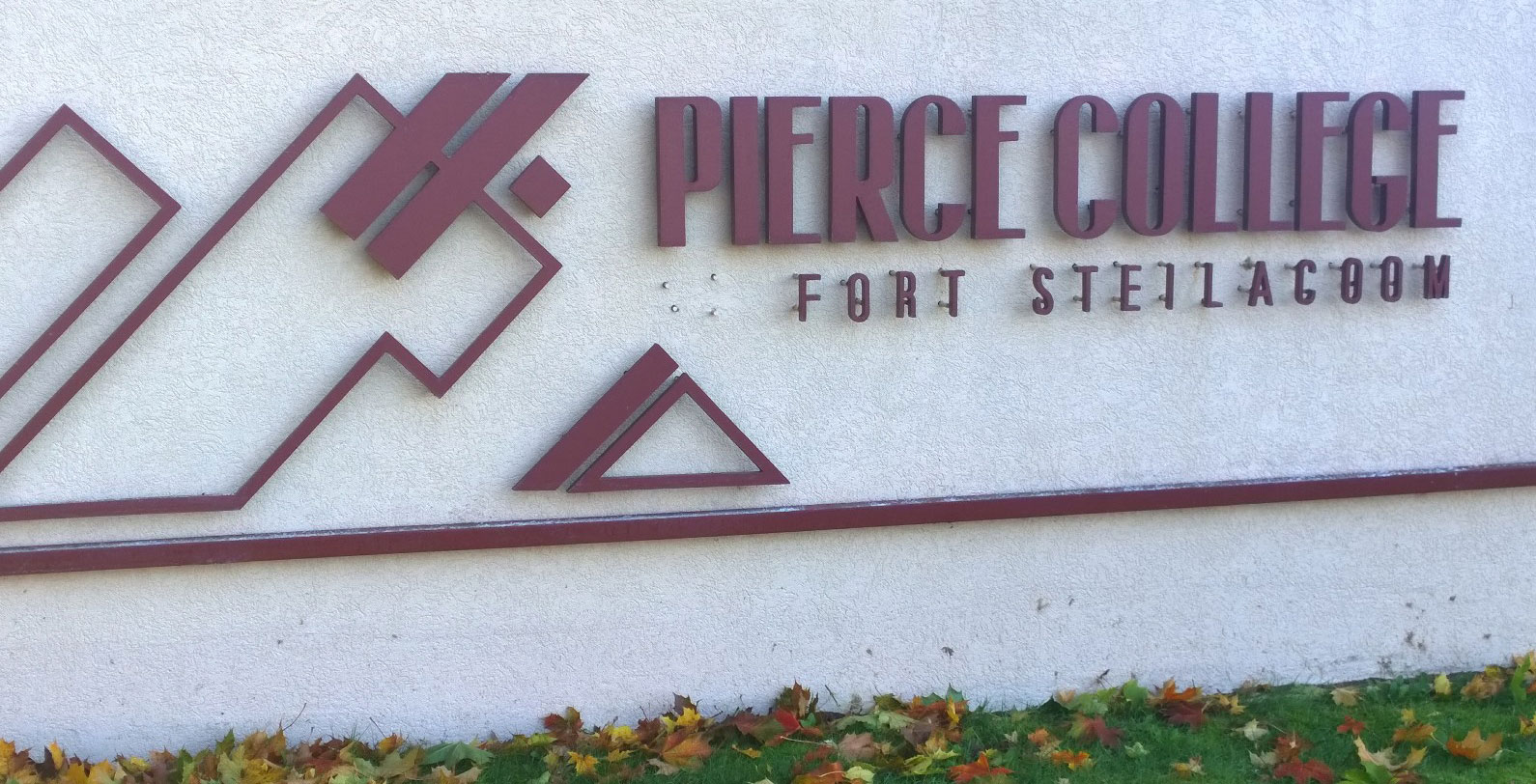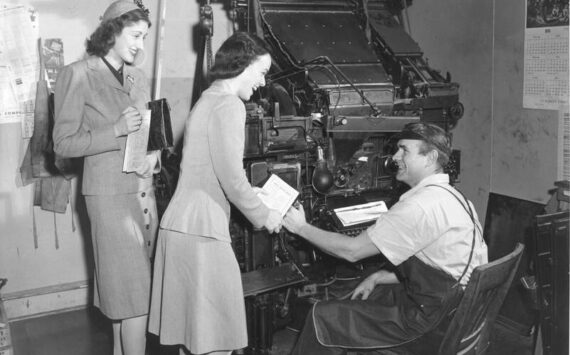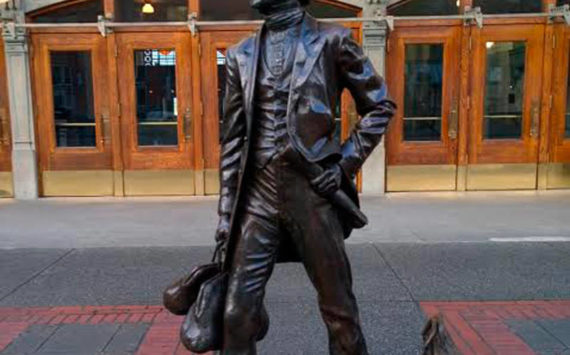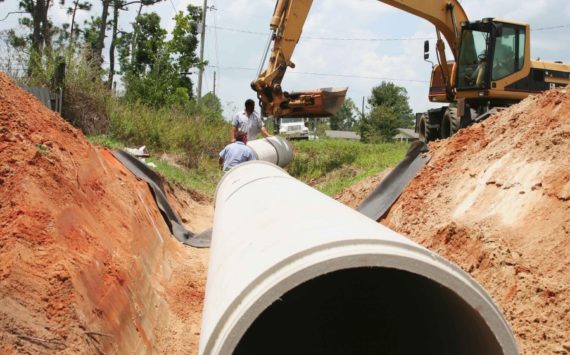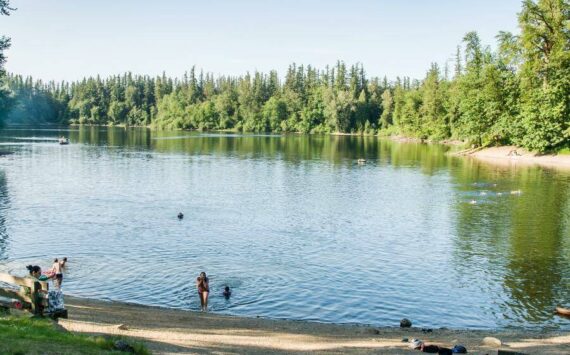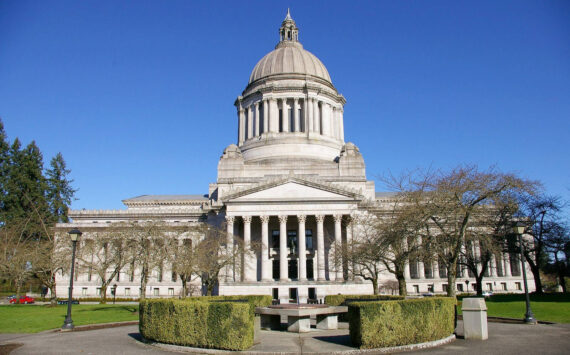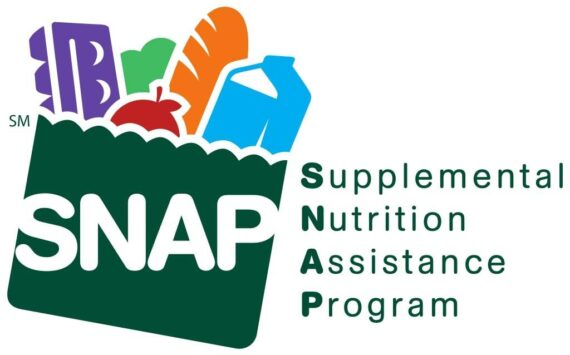By Morf Morford
Tacoma Daily Index
It all started in a grocery store. A grocery store and a vision. And it ended with students, programs and a reputation literally around the world.
And if you have visited one of the campuses lately, you just might have the feeling that this story is, in fact, just beginning.
And it is.
But it all started in 1967. At least that’s when it started for students. But that’s not when it really started.
It really started in the early ’60s, in the minds of some forward-thinking men and women who saw an oncoming demographic tidal wave we now know as the Boomers. Embedded in that social Tsunami was a host of challenges, changes and opportunities.
Looking back, it seems obvious, but for them, it must have seemed like a seething (sometimes literal) shifting of the contours of the landscape, with a level of development, population expansion, economic, cultural and technological changes that defied description.
Many of these changes were nationwide. For most of the years of the ’60s and ‘70s, an average of one new community college was established per week http://www.ncca.ne.gov/system/Natlhistory.htm.
At first they were called junior colleges, then community colleges, and now many are just called colleges.
Pierce College started out, as many of the colleges of the ’60s and ‘70s did, as a loose collection of temporary or borrowed sites like grocery stores or local high schools.
As Pierce College coalesced into one primary campus, it did so under the name Fort Steilacoom Community College. Even as an abbreviation (FSCC) that was quite a mouthful. And a nightmare when it came to signage or stationery.


In the 1980s, as the Puyallup Campus began to take shape, FSCC ditched the ‘community college’ label and just became Pierce College.
Pierce College as a name for the school reflected both its reach and presence as well as its determined progression from a ‘community college’ to a full-fledged degree-offering college with an ever expanding range of programs, certificates and transfer options.
The first student lounge at FSCC was in the portables. It had the low-slung, bare-wood framed, beanbag furniture popular in the ‘70s. Each of the knee-level tables had at least one golden aluminum-foil disposable ashtray. It’s hard to believe now, but smoking was allowed almost everywhere on campus – even in classrooms. (But not in the library!)
The student lounge doubled as the lunchroom. It had several large vending machines, two or three microwave ovens and a dense cloud of smoke.
The portables themselves were military surplus temporary buildings that resembled cheaply-panelled double-wide trailer boxes. They were hot and suffocating in the summer and cold and drafty in the winter.
Most instructors at Pierce in those early years were either retired professors from prestigious universities (one literature professor I had was from Columbia University) or recent graduates who had earned Master’s degrees thanks to the GI Bill. Most of these were not much older than many of the students.
Either way, they had a wealth of experience and passion rare in academic institutions. They were informed, dedicated and approachable. Many had published books. The English department back then had several published poets.
For many, if not most, of my recent and current students, graduation from Pierce was their first major, public accomplishment. Graduations are not the accomplishment of an individual – the whole family is involved every step of the way. Graduations are packed with the parents, spouses and sometimes children of almost every student.
The ‘70s were a time when anything seemed possible and everything was in reach.
Education, for the first time in American history (thanks to community colleges, the GI Bill and support from state budgets) was now affordable and accessible to (nearly) all.
Pierce College’s reach, then and now, might strike some as idealistic and naïve; perhaps it was. With classes on mountaineering, kayaking, astrophysics and law enforcement (among many, many others) the over-riding sense at Pierce was not only that you could learn anything – you could also master anything. And Pierce was the place you could do it.


Pierce College came into being in an era before earbuds and smartphones. An era when people talked face-to-face and worked together on common visions and challenges. We all watched the same TV shows and listened to the same music.
In Washington state politics, we had ‘liberal’ Republicans (like Governor Dan Evans) and ‘conservative’ Democrats (like Senator Warren G. Magnuson). America committed money and technology to send a man to the moon in 1969. And everyone of every age, race, class and background knew Spock and Kirk from the original ‘Star Trek’ TV series.
America was strong and becoming stronger. Change and opportunity seemed to be everywhere.
Those of us who were young then, imagined that we would be young forever, and that we could, and would, remake the world in our own image.
Of course we didn’t stay young forever, and the world, in more ways than we could even consider, is a very different place now.
And for some of us our real legacy is the vision of encountering, making sense of, and even passing on the vision of being stronger, more informed and more compassionate than we ever thought we could be.
Pierce College was conceived in 1967, and it has the cultural DNA of that era – passion, exploration, camaraderie, sacrifice, determination and intolerance for the predictable.
Eventually the plans and budget and seemingly endless committee meetings turned into temporary, make-shift buildings and they, in turn, became solid, permanent buildings of stone, steel and glass, and one campus became two.
As Carlin Aden, the first writing instructor at Pierce put it, the most revolutionary idea in the history of education was taking place right in front of us; college, once the exclusive right of those wealthy enough to travel, live in dorms and dedicate four years to school, was now, literally for the first time, available to those who lived with their parents, worked, had military duty or for any reason at all, could not attend higher education on a full-time basis.
Prior to Tacoma Community College and Pierce College, Washington had a state law which prohibited the establishment of a community college in a county where there was already a four year college. Since PLU and UPS were already established as institutions of higher learning, there was no apparent urgent need for additional adult level education. This law was changed in 1960.
Once the legislation (and state funding) was approved, Pierce County had to decide where any two year colleges would be built – and in what sequence. The county committee and the Board of Education agreed that the first two-year college to be built would be Tacoma Community College – which opened for students in 1965.
At first, two-year colleges were known as (or even named) ‘junior colleges’. This was because they had been intended to provide course work and preparation to correspond to the first two years of a standard four year university degree.
Even in the early days, the late ’60s and early ’70s, only about 35-40 percent of students intended to pursue a four year degree. And even fewer actually completed a four year degree. Two year colleges responded by establishing two year programs that were complete and self-contained.
In 1967 the state legislature passed the Community College Act, which separated community colleges from school districts. Pierce College had originally been part of the Clover Park School District, and in Tacoma, Bates Technical College had been part of the Tacoma School District.
The Community College Act also established the State Board for Community College Education (which later became the SBCTC, State Board of Community and Technical Colleges). Technical (or vocational) colleges, like Bates and Clover Park, were given the choice to stay with, or separate from their school districts. The Community College Act also prohibits any two year college from even considering conversion to a four year college.
With UWT, TCC, Pierce College, Clover Park Tech, Bates Tech and a multiple of online educational opportunities, it’s difficult to imagine how few options we had only a few years ago. But thanks to these schools – and the visionary people that made them possible – our choices seem to keep expanding every year.
